Do you have a question about the Cisco Nexus 92160YC-X and is the answer not in the manual?
Defines the target audience for this document, focusing on network administrators.
Explains typographical and command syntax conventions used throughout the guide.
Lists supplementary Cisco Nexus 9000 series documentation for further reference.
Provides contact information for submitting feedback and reporting document errors.
Details procedures for accessing Cisco documentation and submitting service requests.
Summarizes the new and updated features in the Cisco Nexus 9000 Series NX-OS Release 7.0(3)14(2).
Introduces the Cisco IP fabric solution for the broadcast industry and its advantages.
Details the specific Cisco Nexus 9200 Series switches used for media traffic transport.
Describes the common spine-leaf topology used in the media IP fabric.
Explains the deterministic failure handling mechanisms within the IP fabric solution.
Lists the key advantages and benefits of implementing the IP fabric for media.
Guides on calculating the number and types of leaf switches based on endpoint needs.
Provides a method to determine the number of achievable data flows within the IP fabric.
Lists the essential requirements and conditions before configuring the IP fabric.
Outlines important guidelines and any limitations applicable to the IP fabric configuration.
Step-by-step instructions for configuring the Network Bandwidth Management (NBM) feature.
Details the configuration steps for Precision Time Protocol (PTP) in a media network context.
Illustrates a practical configuration scenario for supporting broadcast video traffic.
Points to other relevant documentation for specific configuration topics.
Defines the target audience for this document, focusing on network administrators.
Explains typographical and command syntax conventions used throughout the guide.
Lists supplementary Cisco Nexus 9000 series documentation for further reference.
Provides contact information for submitting feedback and reporting document errors.
Details procedures for accessing Cisco documentation and submitting service requests.
Summarizes the new and updated features in the Cisco Nexus 9000 Series NX-OS Release 7.0(3)14(2).
Introduces the Cisco IP fabric solution for the broadcast industry and its advantages.
Details the specific Cisco Nexus 9200 Series switches used for media traffic transport.
Describes the common spine-leaf topology used in the media IP fabric.
Explains the deterministic failure handling mechanisms within the IP fabric solution.
Lists the key advantages and benefits of implementing the IP fabric for media.
Guides on calculating the number and types of leaf switches based on endpoint needs.
Provides a method to determine the number of achievable data flows within the IP fabric.
Lists the essential requirements and conditions before configuring the IP fabric.
Outlines important guidelines and any limitations applicable to the IP fabric configuration.
Step-by-step instructions for configuring the Network Bandwidth Management (NBM) feature.
Details the configuration steps for Precision Time Protocol (PTP) in a media network context.
Illustrates a practical configuration scenario for supporting broadcast video traffic.
Points to other relevant documentation for specific configuration topics.
| Form Factor | 1RU |
|---|---|
| Ports | 48 x 10/25G SFP28, 6 x 40/100G QSFP28 |
| Operating Temperature | 32 °F to 104 °F (0 °C to 40 °C) |
| Jumbo Frame Support | Up to 9216 bytes |
| Product Series | Nexus 9000 Series |
| Model | Nexus 92160YC-X |
| Operating System | Cisco NX-OS |
| Memory | 32 GB |
| VLANs | 4096 |
| Power Supply | Redundant AC or DC power supplies |
| Cooling | Front-to-back or back-to-front |
| Product Type | Switch |
| Features | VXLAN |
| Dimensions (WxDxH) | 43.9 x 57.2 x 4.4 cm |
| Latency | Less than 1 µs |
| Storage | 16 GB |
| MAC Address Table Size | 128, 000 entries |

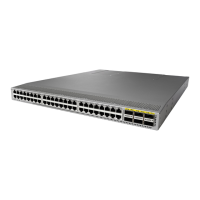

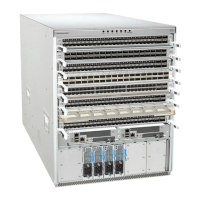
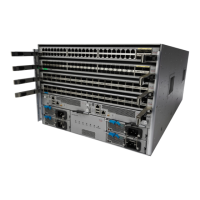
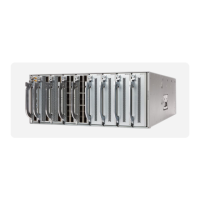

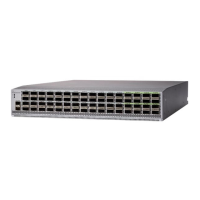


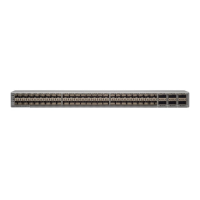
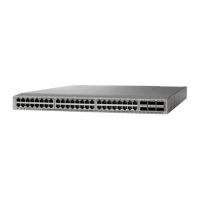
